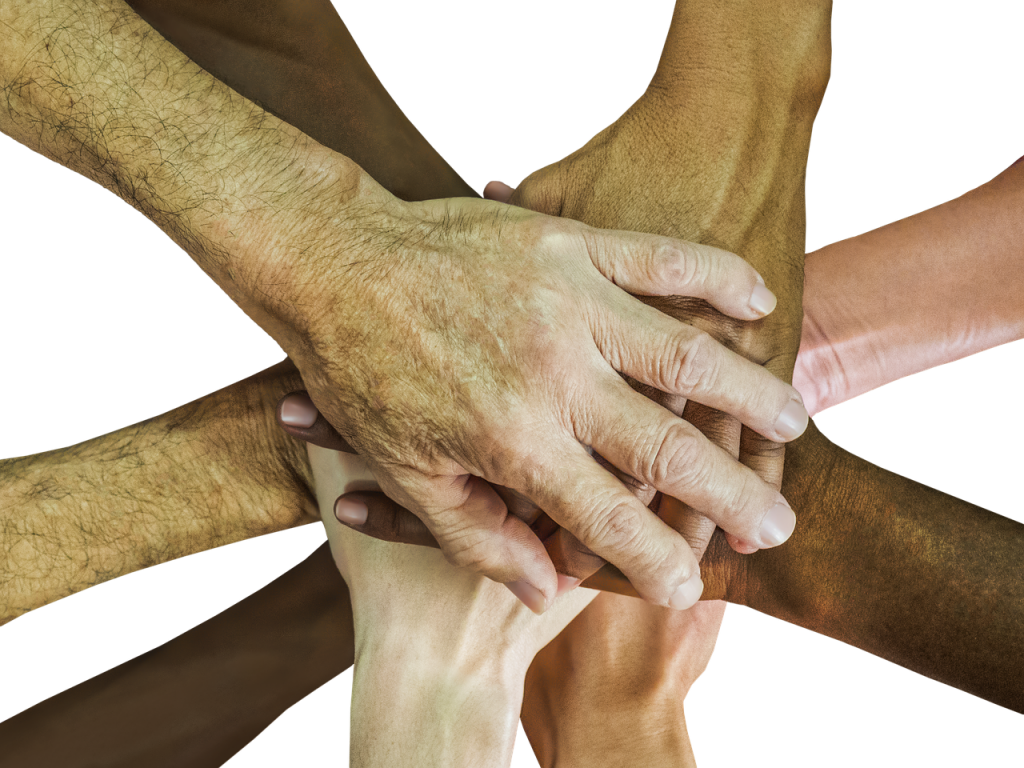
Stories like these are now more and more common. In Seattle we’ve seen flyers posted all over the South Park neighborhood encouraging people to call ICE “for fast deportation of illegal immigrants.” We’ve heard about the tragedy in Portland of the men who were murdered on a train for defending two Muslim women against the abuse of a bigot. These stories of fear and hatred are enough for many of us to lose faith in humanity. But I have been encouraged by the parallel stories of compassion and solidarity, of neighbors looking out for one another.
All of this makes me wonder about one of the most important roles of our sector, which is the building of community power. When the voices of the community members most affected by injustice are strong, when they have the resources and power to help change the systems—by voting, by shaping policies—our society is strengthened and all of us benefit. As our world spirals into divisiveness and intolerance, building the voice and power of the most marginalized is our best defense against the rise in racist nationalism, hate-mongering, xenophobia, violence, and injustice. Continue reading “Winter is here, and we must build the power of organizations and communities of color”




